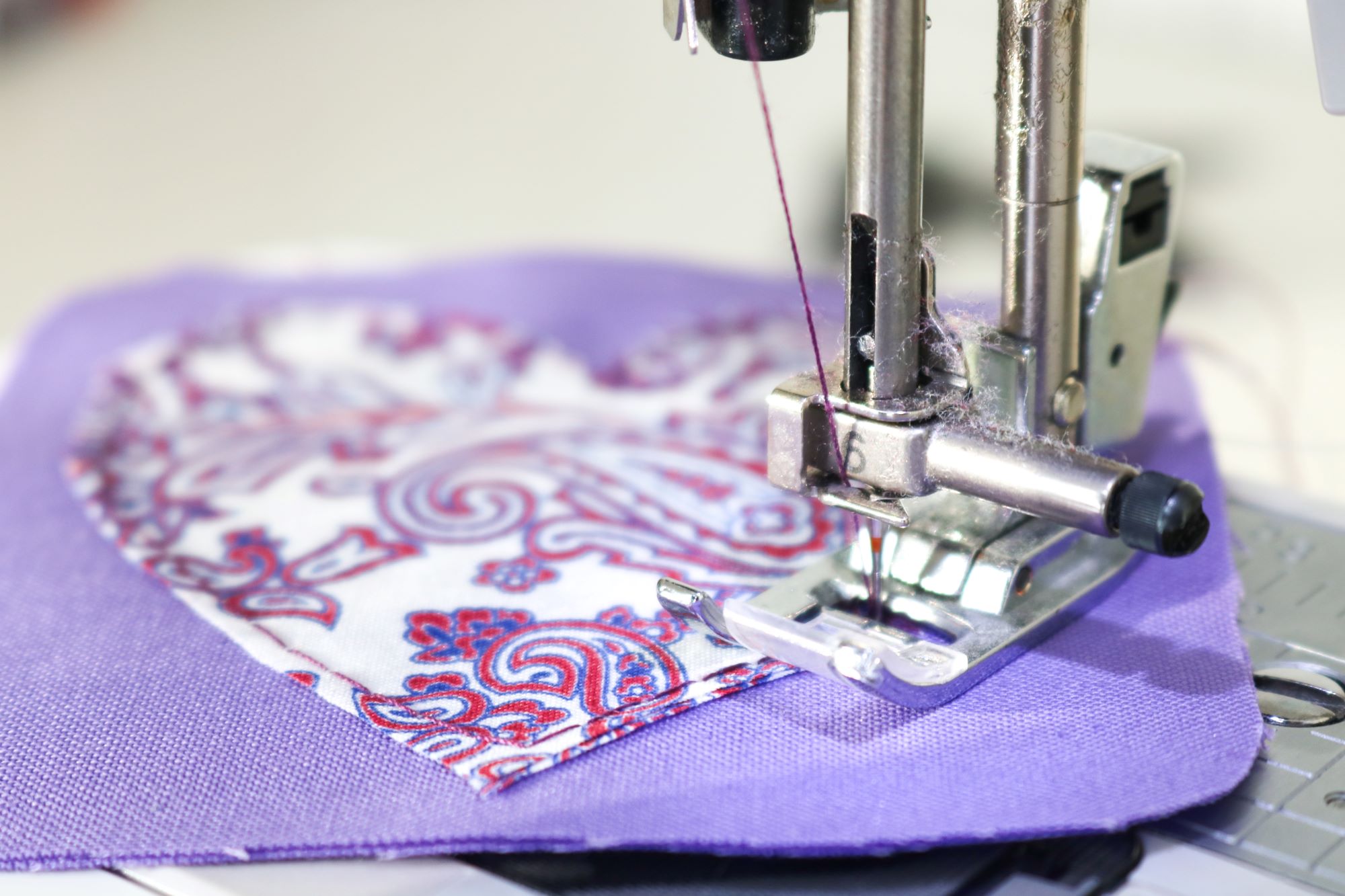“How do I choose the right machine for my needs?” Ah, the million-dollar question! I see this asked SO OFTEN!
Embarking on the journey of purchasing your first sewing machine is an exciting venture filled with possibilities and daydreaming. But trying to reach the decision of the “right” sewing machine to buy can also feel overwhelming!
With a seemingly endless range of options available in the market, selecting the best sewing machine for you can feel like navigating a maze. Fear not!
In this comprehensive guide, I’ll break down the most important factors to consider when buying your first sewing machine, helping you to make an informed decision that aligns perfectly with your sewing needs and aspirations.

Disclosure: This post may contain affiliate links, meaning that I get a small commission if you decide to make a purchase through my links, at no extra cost to you.
7 Questions to Consider When Buying a Sewing Machine
01. What will I use my sewing machine for?
Before diving into the market, take a moment to assess your sewing goals. What are you planning to create?
Are you mainly interested in garment construction? Or perhaps quilting? What about home décor or basic clothing alterations?
Understanding your intended use will narrow down your focus and ensure you invest in a machine that aligns with your aspirations (and save you overspending on features you have no intention to use! 💪 See also Question 3 below 👇.)

02. How much money can I afford to spend on a sewing machine?
Set a realistic budget that balances your financial constraints with your sewing requirements. While it’s tempting to splurge on the latest model with all the bells and whistles, remember that there are quality machines available at various price points.
Allocate your budget wisely to prioritize essential features (see Question 3 👇) without breaking the bank.
And remember: you can always use the leftover cash to put towards sewing tools and fancy new fabrics! 😉
03. What features do I need in sewing machine?
Speaking of bells and whistles… Have a look at the variety of stitches, control settings and accessories offered by each sewing machine.
Is having a fancy push-button needle-threader a “must”? 115 different stitches might look pretty dazzling, but will the projects you imagine sewing ever need that many? While basic stitches suffice for most projects, having options like buttonhole stitches and decorative stitches can enhance your creativity, if you want to.
Additionally, consider the availability and compatibility of accessories such as presser feet and extension tables to support your sewing grand plans. Not all gadgets and tool will work with all machines.
Tip: Put together YOUR list of must-have features to help you narrow down the sewing machine field of options!

04. What type of sewing machine would I prefer?
Sewing machines come in various types, including mechanical, electronic, and computerized models and in every price category imaginable (refer back to Question 2 above 👆).
I’m always a bit wary of machines classed as “for beginners” because I firmly believe that even beginners can sew on machines with more features. Not to mention, investing in a cheap, beginner’s machine with only 5 stitch options that your sewing skills and dreams will outgrow in no time is, could be a total waste of money. 💪
Mechanical machines are straightforward and often viewed as being simpler and more reliable. While electronic and computerized machines offer advanced features such as loads of programmable stitches, button-controlled sewing speeds and automatic thread tension adjustment. Choose a type that matches your skill level and desired functionalities.

05. What size is the sewing machine and is it portable?
Evaluate the size and portability of the sewing machine, especially if you have limited space or anticipate transporting it frequently.
Compact and lightweight machines are ideal for smaller workspaces or sewing on-the-go, practical if your sewing space also happens to be the family dining table!
Larger models (often older, mechanical machines) might be too heavy to lug around or frequently rearrange, yet may offer more stability and features but require dedicated space.
Tip: If you plan on transporting your sewing machine, check out whether it also comes with a protective cover or carry case.
06. Can I try using the sewing machine before I buy?
If feasible, visit a local sewing machine retailer to test-drive different models. Alternatively, ask your family and friends whether you could take their sewing machine “for a spin”.
Pay attention to factors such as noise level, ease of use, and overall comfort. A hands-on experience will provide valuable insights and help you gauge which machine feels most intuitive and comfortable to operate.
Of course, this isn’t always possible. Try asking friends, reading online reviews or asking at a local sewing class.

07. Is the sewing machine from a reputable brand? What’s the warranty like?
Research sewing machine brands and consider factors such as reliability, customer support, and warranty coverage. Big sewing machine brands include: Brother, Singer, Pfaff, Janome und Husqvarna Viking.
Opting for a reputable brand with a history of quality craftsmanship can provide peace of mind and ensure long-term satisfaction with your purchase. Knowing that you can reach the manufacturer with any questions regarding your sewing machine, servicing or faults can be invaluable.
More Sewing Machine Tips to Help You Start Sewing
Sewing Machine vs Serger: What’s the Difference and Do I Need Both?
Sewing Machine Tips You Might Not Know

As you embark on the exciting journey of selecting your first sewing machine, armed with these insights, think of your machine as not merely a tool but a gateway to endless creative possibilities. By carefully considering your sewing needs, budget, and the machine features, you’re laying the foundation for a fulfilling and rewarding sewing experience, no matter what you’re dreaming of conjuring.
So, go forth with confidence, knowing that the right sewing machine is out there waiting for you!









